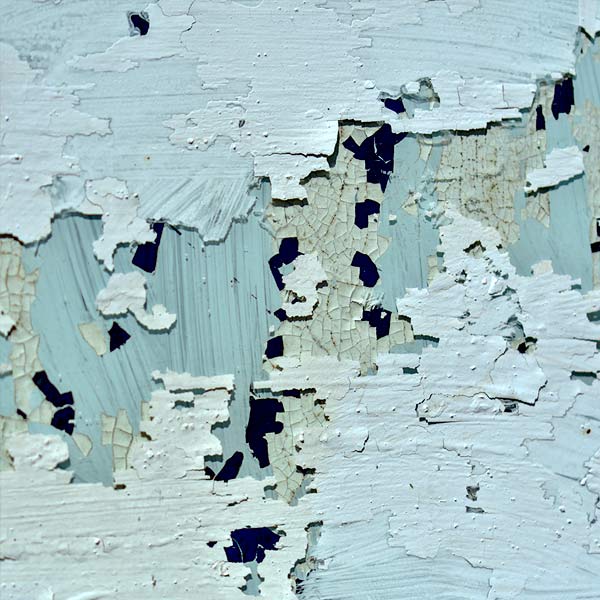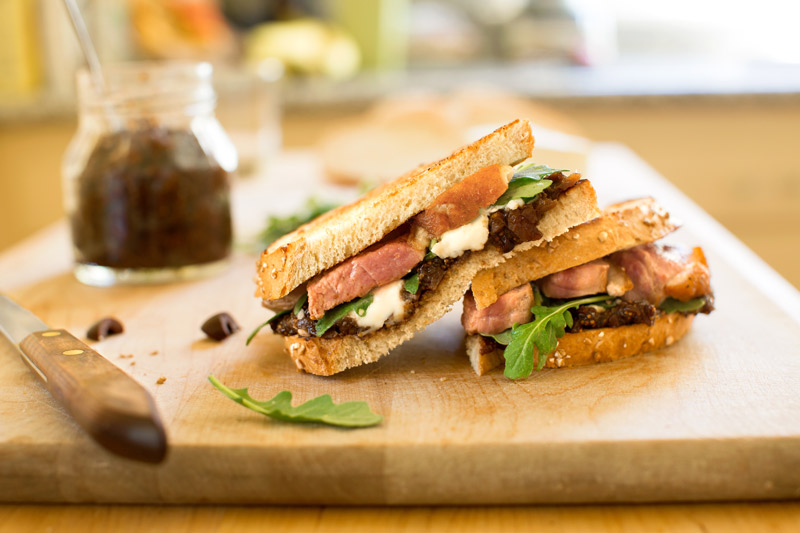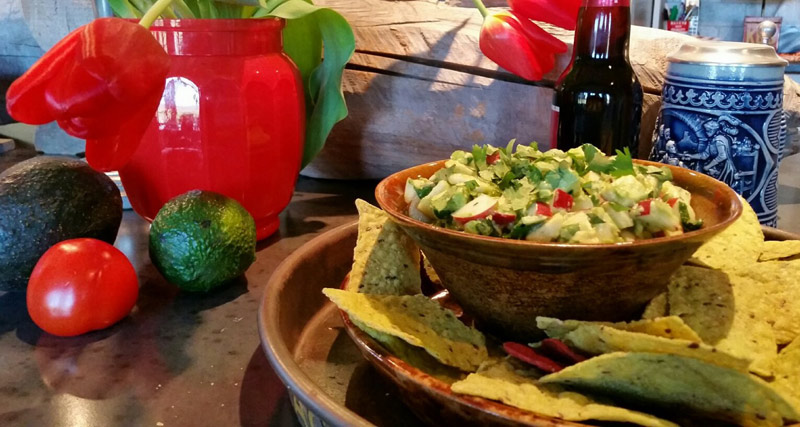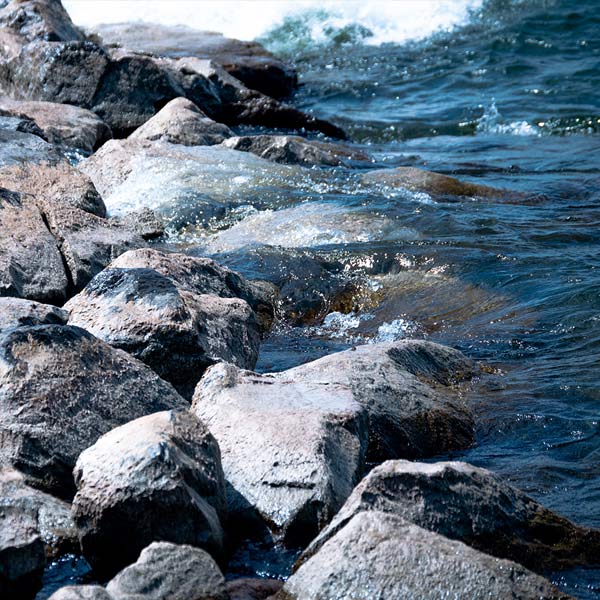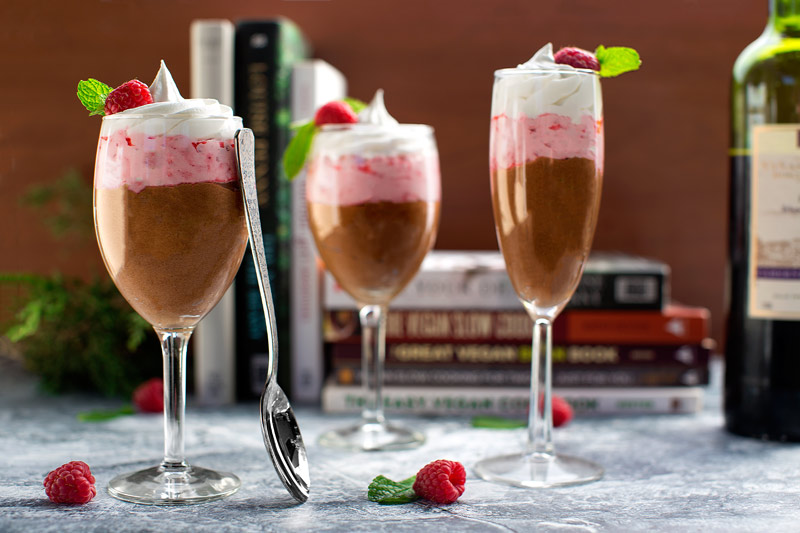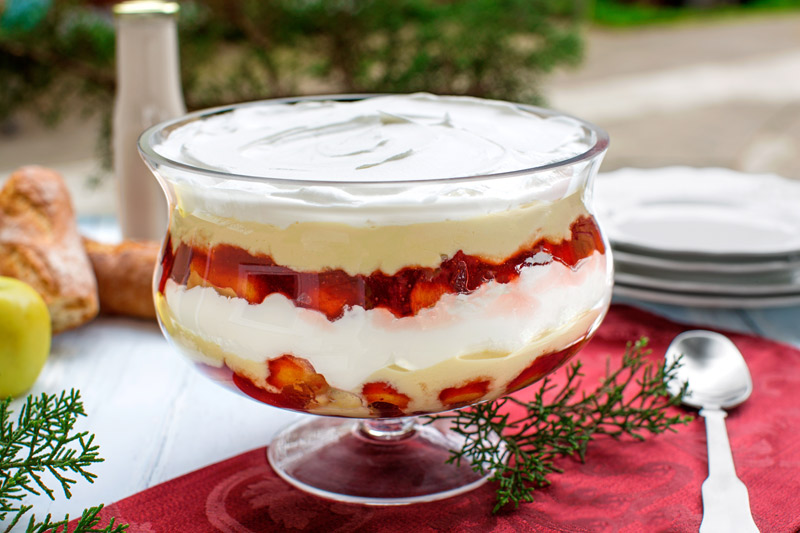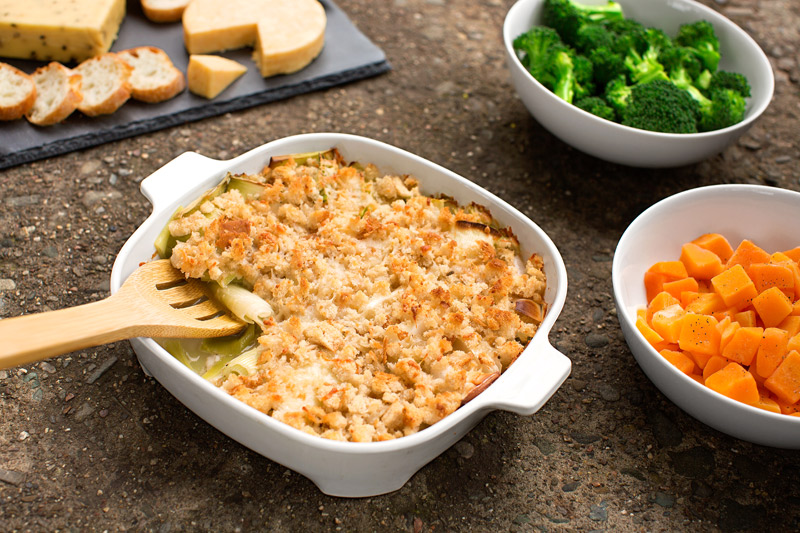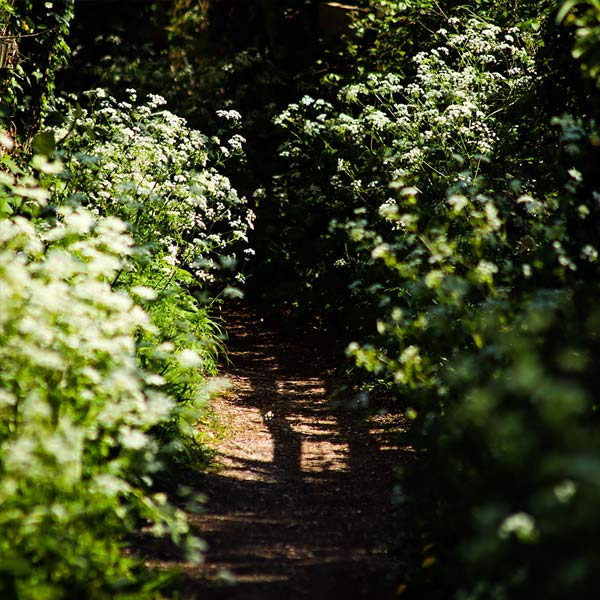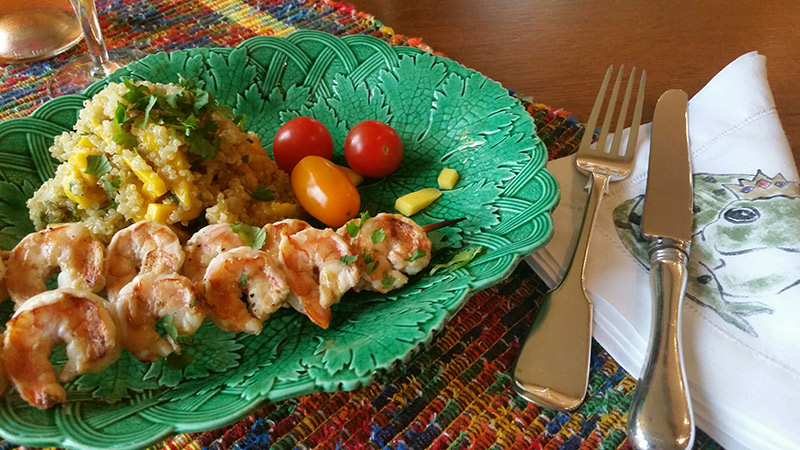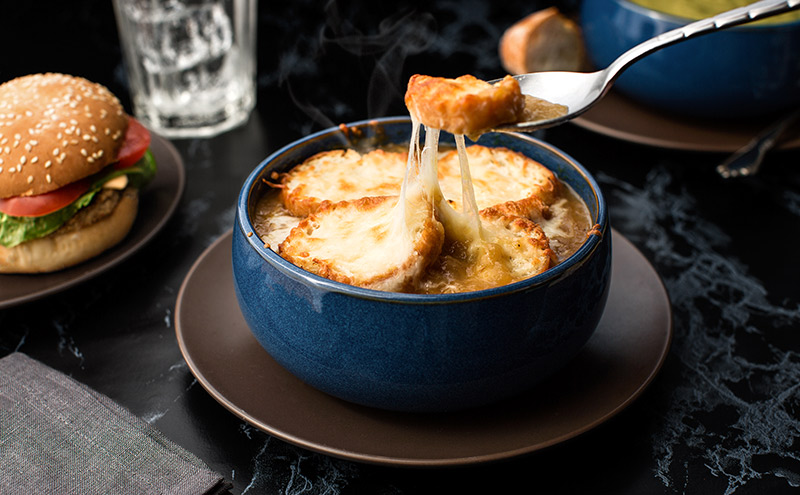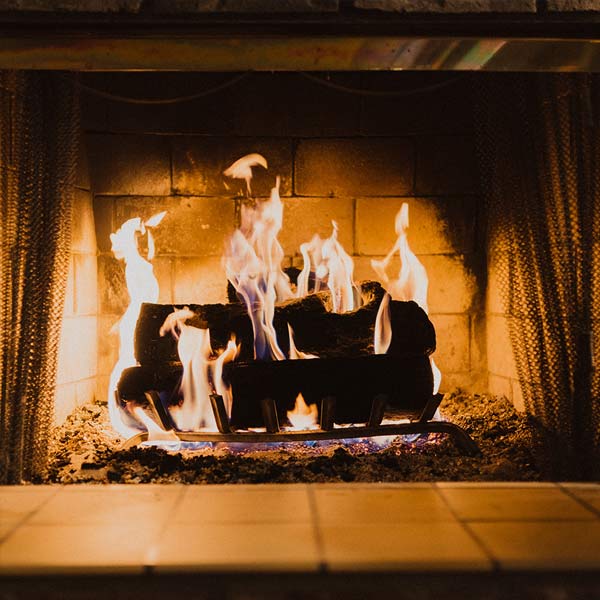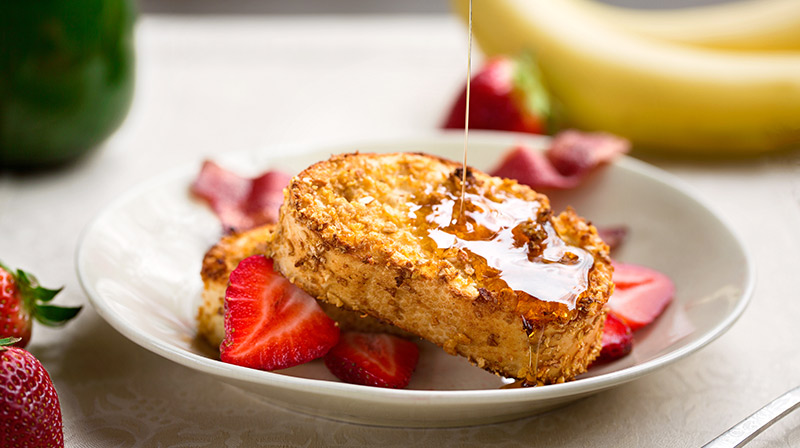wcag heading
Let every man shovel out his own snow, and the whole city will be passable, said Gamache. (Quoting Ralph Waldo Emerson, A Fatal Grace, page 135, Trade Paper Edition)
 A fitting quote for A Fatal Grace, which takes place in the dead (with the dead?) of winter. Emerson, the author of “Self -Reliance” and “Nature” among other essays conceived the idea of Transcendentalism and was a pillar of the American Romantic movement. The eminent literary critic, Harold Bloom, called Emerson the “American version of Montaigne” and like the irascible Ruth, Emerson was a poet!
A fitting quote for A Fatal Grace, which takes place in the dead (with the dead?) of winter. Emerson, the author of “Self -Reliance” and “Nature” among other essays conceived the idea of Transcendentalism and was a pillar of the American Romantic movement. The eminent literary critic, Harold Bloom, called Emerson the “American version of Montaigne” and like the irascible Ruth, Emerson was a poet!
Strangely enough, Emerson wrote that line sometime in the summer of 1840 so, as one would expect, Emerson is being purely metaphorical here and is, in fact, referring to civic duty. Gamache seemingly uses the quote flippantly to refer to the inclement weather, even engaging Beauvoir in a very funny tête–à–tête about Emerson, Lake, & Palmer, the 70’s prog rock super band (Sadly, I just learned of Greg Lake’s passing as I write this). But, I digress.
John Adams simply and succinctly defined civic duty as, “To be good, and to do good”, adding it’s “all we have to do”. And, Gamache himself, echoes a similar refrain on civility when quoting Gandhi later in the book (page 219):

Your beliefs become your thoughts
Your thoughts become your words
Your words become your actions
Your actions become your destiny
Should we take Gamache’s Emerson and Gandhi references on face value? Or, is Louise giving us, by employing these maxims, a direct look into the very character and constitution of Gamache himself?
I submit the following quotes from the Three Pines canon as evidence of this:
Armand Gamache had always held unfashionable beliefs. He believed the light would banish the shadows. That kindness was more powerful than cruelty, and that goodness existed, even in the most desperate places. He believed that evil had its limits. (How the Light Gets In)
Our lives become defined by our choices. It’s as simple and as complex as that. And as powerful. (Still Life)
Emerson himself certainly would have defined Gamache as a “great man”, one who sees that the “spiritual is stronger than any material force–that thoughts rule the world”.

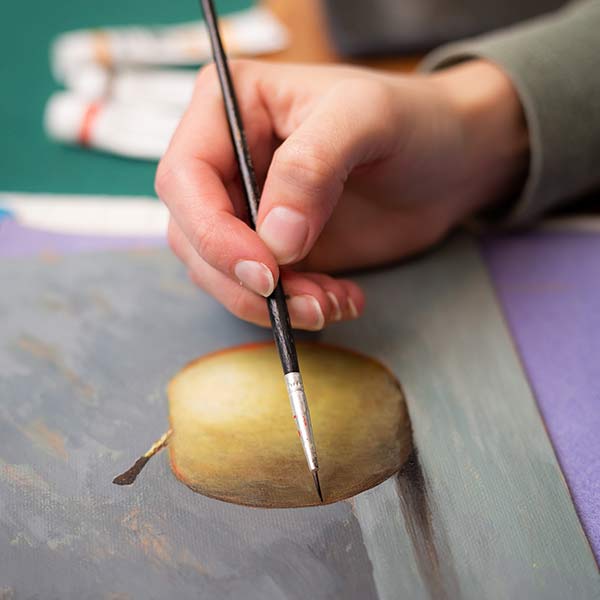
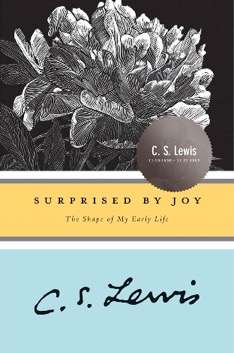 Originally published in 1955, Surprised by Joy: The Shape of My Early Life is C.S. Lewis’s look back on his conversion to Christianity and the idea of what actual “joy” means to him.
Originally published in 1955, Surprised by Joy: The Shape of My Early Life is C.S. Lewis’s look back on his conversion to Christianity and the idea of what actual “joy” means to him.

